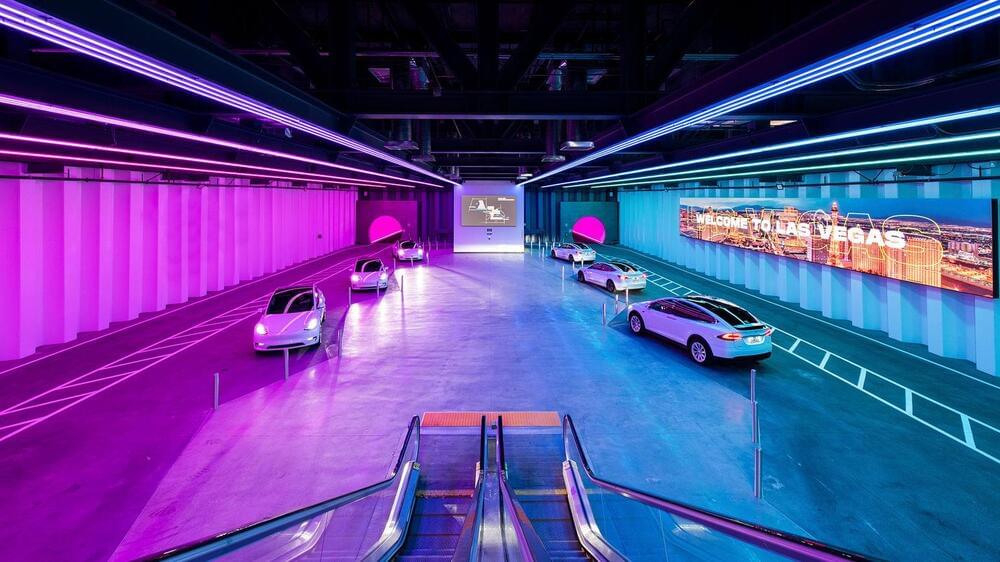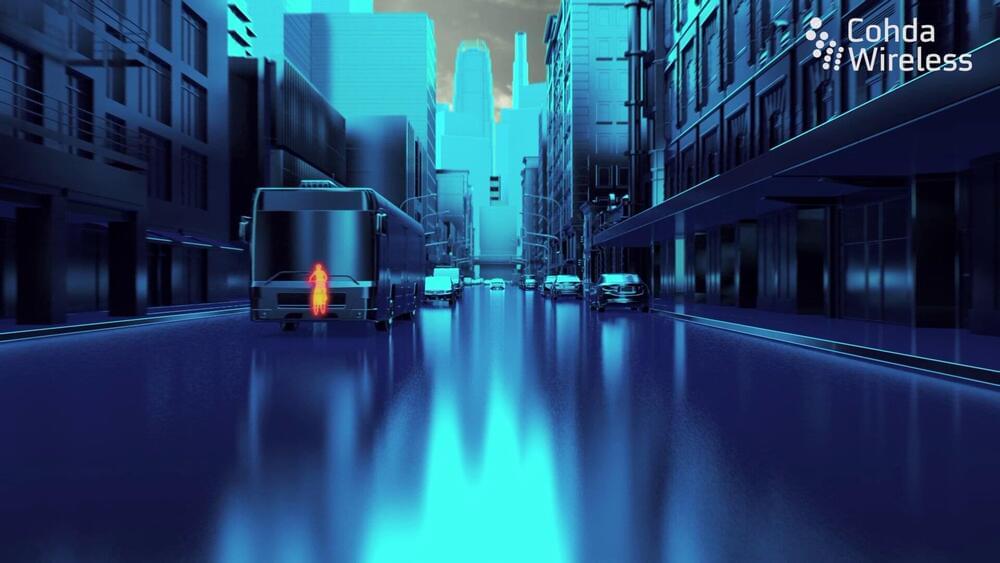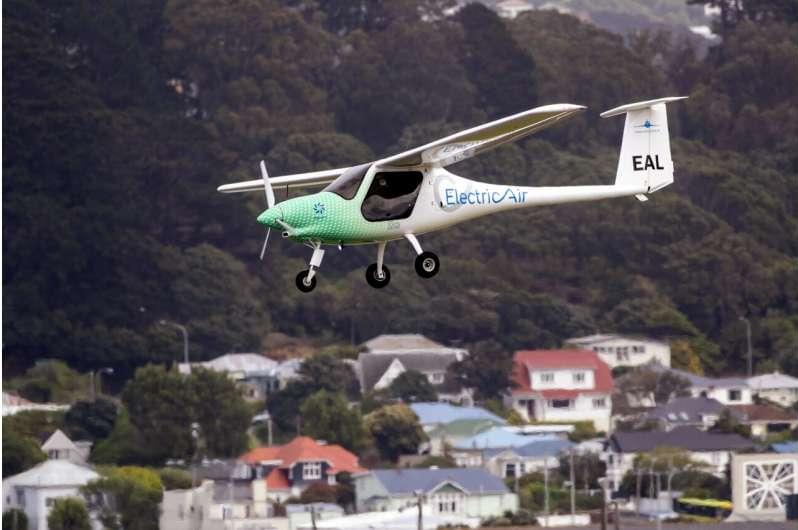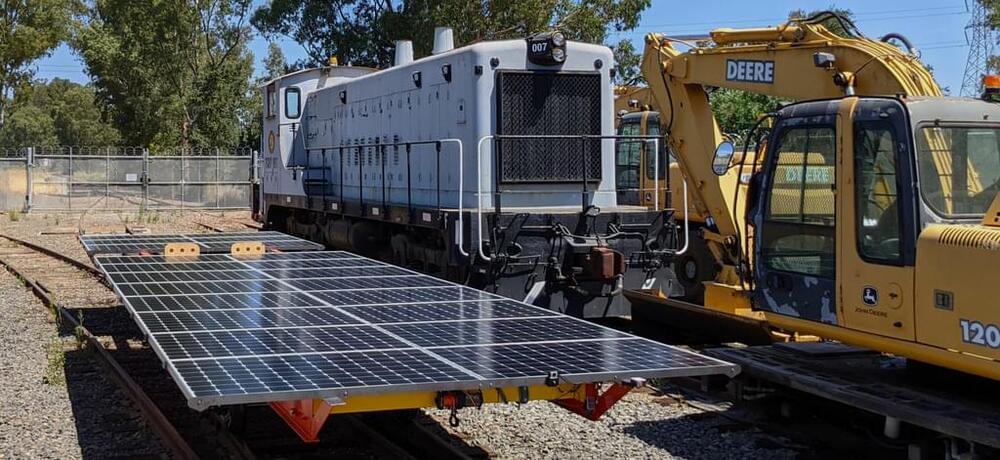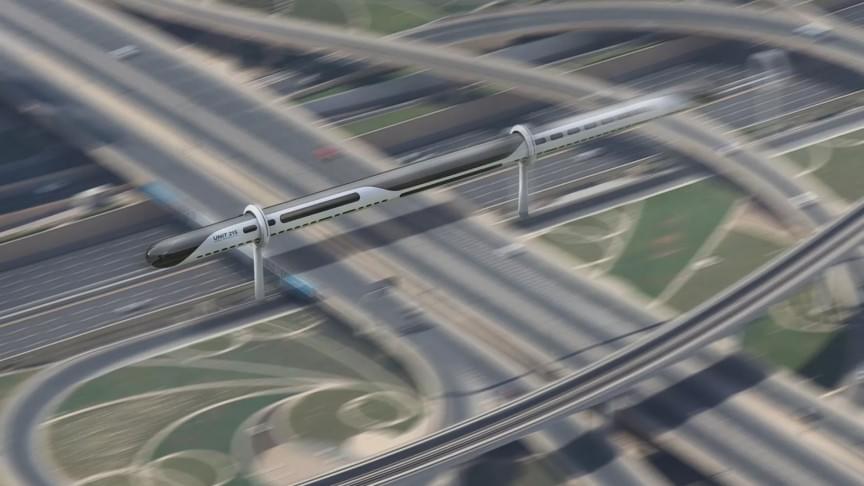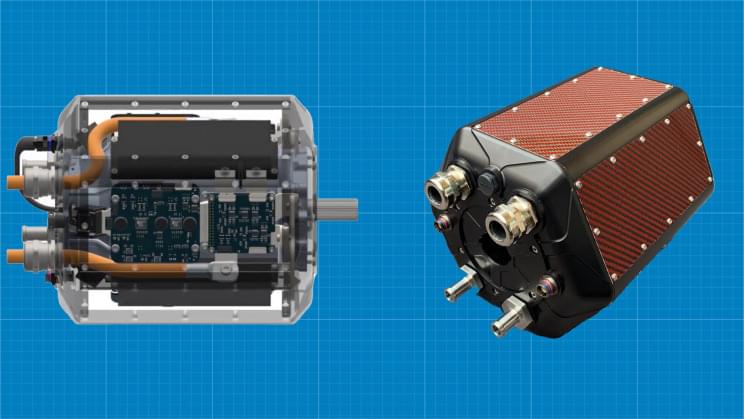The retrofit-friendly crate motor can be yours for $3,900.
Ford revealed an electric crate motor based on the motor it uses to power the 2021 Mustang Mach-E GT Performance Edition. In a press statement, the automaker revealed that the “Eluminator e-crate motor” provides 281 horsepower and 317 lb.-ft. of torque.
The new motor is already available at online retailers for the price of $3,900, and Ford said it plans to release more individual electric vehicle (EV) parts in the f… See more.

